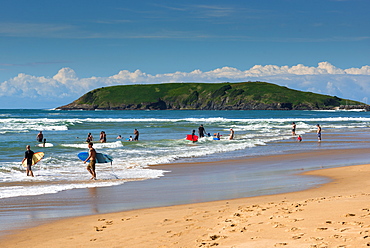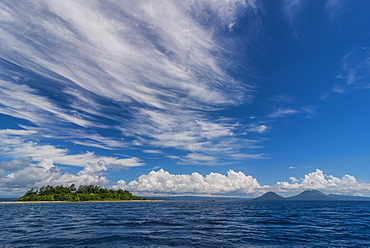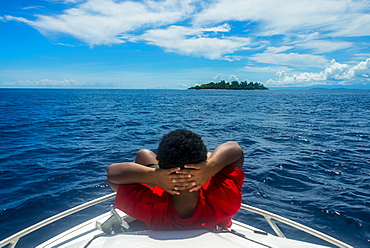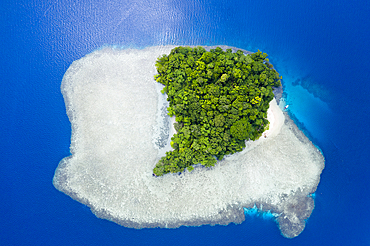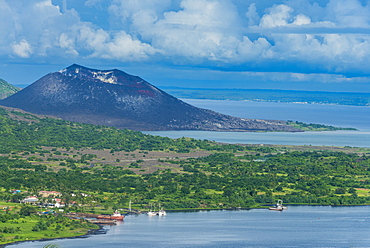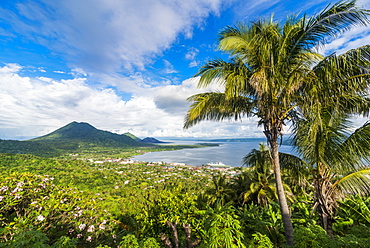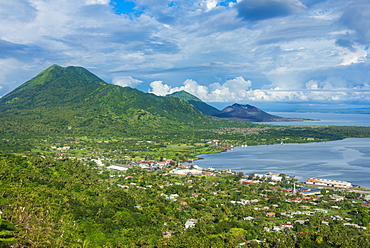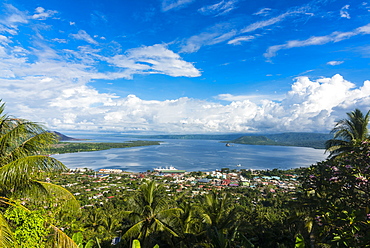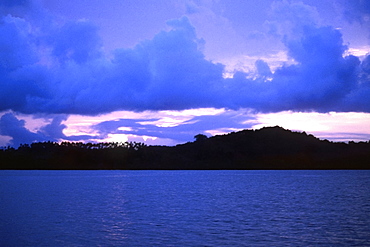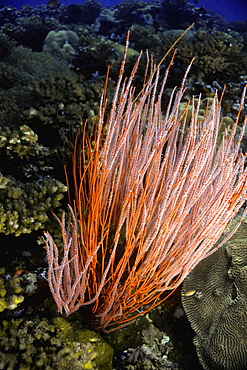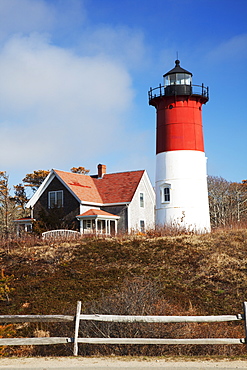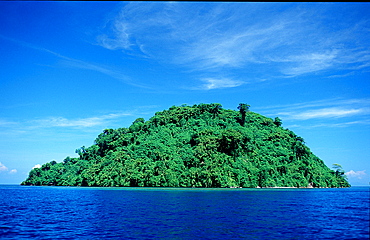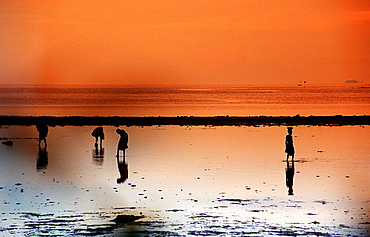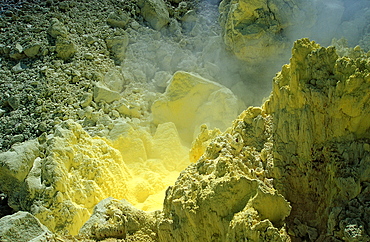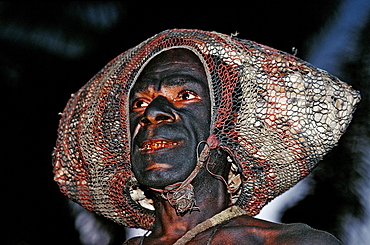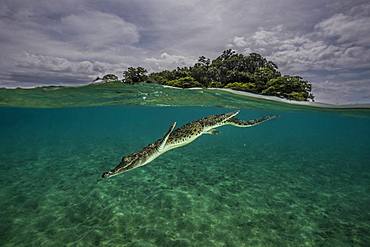Results
12 results found
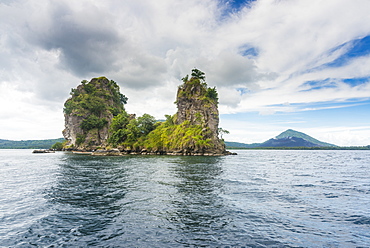
The Beehives (Dawapia Rocks) in Simpson Harbour, Rabaul, East New Britain, Papua New Guinea, Pacific
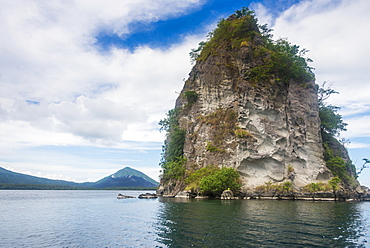
The Beehives (Dawapia Rocks) in Simpson Harbour, Rabaul, East New Britain, Papua New Guinea, Pacific
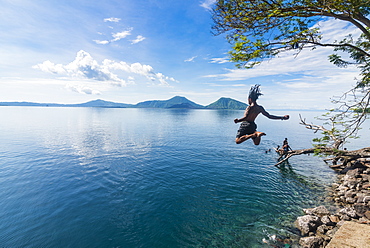
Man jumping in the bay of Rabaul with Volcano Tavurvur in the background, East New Britain, Papua New Guinea, Pacific

Spinner dolphins (Stenella longirostris), Kimbe Bay, West New Britain Island, Papua New Guinea, South Pacific

Bottlenose dolphins (Tursiops truncatus) surfacing, Cape Hoskins, West New Britain Island, Papua New Guinea, South Pacific

Spinner dolphins (Stenella longirostris) underwater, Kimbe Bay, West New Britain Island, Papua New Guinea, South Pacific

Spinner dolphins (Stenella longirostris) surfacing, May Reef, West New Britain Island, Papua New Guinea, South Pacific
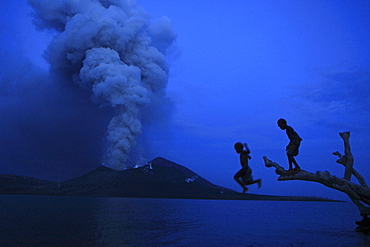
Children on Matupit Island. They have never known their island other then covered in ash, Tavurvur Volcano, Rabaul, East New Britain, Papua New Guinea, Pacific

The only source of income for people on Matupit island are the eggs from the Megapode bird, a small bird, that lays massive eggs in the hot volcanic ash and trusts the volcano to incubate them. One egg costs 2 Kina, 50 Euro cent, on the market, Tavurvur Volcano, Rabaul, East New Britain, Papua New Guinea, Pacific
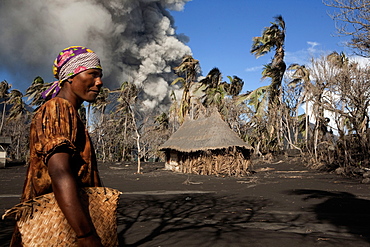
Daily life on Matupit island, Tavurvur Volcano, Rabaul, East New Britain, Papua New Guinea, Melanesia- Pacific

Lerwick, the capital of the Shetland Islands in the far north of Scotland. Historic Hays Dock and Hays Quay, old fishing boat, the new commercial harbour in the background. Europe, northern europe, great britain, scotland, Shetland Islands, June
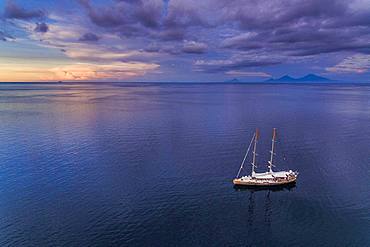
Tara Pacific expedition - november 2017 Tara in Kimbe Bay, papua New Guinea, H: 103,6 m, mandatory credit line: Photo: Christoph Gerigk, drone pilot: Guillaume Bourdin - Tara Expeditions Foundation
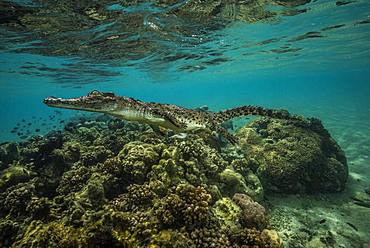
Tara Pacific expedition - november 2017 Saltwater crocodile (Crocodylus porosus) on a small reef, near Garua Island, Kimbe Bay, Papua New Guinea,

Tara Pacific expedition - november 2017 Zero wreck, vertical view Orthomosaic from 3D photogrammetry (13500 x 10000 px). D: 15 m Kimbe Bay, papua New Guinea, Coral growth on this wreck is from a period of 74 years ! The ZERO, is a Japanese WW2 fighter plane wreck. This Zero wreck was discovered in January 2000 by local William Nuli while he was freediving for sea cucumbers. He asked the Walindi Plantation Resort dive team if they might know what it was, and when they investigated they uncovered the intact wreck of a Zero fighter, resting on a sedimented bottom in 15 m depth. This World War II Japanese fighter is almost completely intact. The plane is believed to have been ditched, the pilot is believed to have survived, but was never found on the island. He never returned home. Maybe he disappeared in the jungle? On 26th December 1943, during the battle of Cape Gloucester, the Japanese pilot made an emergency landing, ditching his Mitsubishi A6M Zero plane into the sea approximately 100m off West New Britain Province. The plane was piloted by PO1 Tomiharu Honda of the 204st K?k?tai. His fate is unknown but it is believed the he made a controlled water landing after running out of fuel and survived. Although he failed to return to his unit, the plane was found with the throttle and trim controls both set for landing and the canopy was open. There are no visible bullet holes or other shrapnel damage and the plane is still virtually intact after over 70 years underwater. It is a A6M2 Model 21 Zero, made famous for its use in Kamikaze attacks by the Japanese Imperial Navy. The wreck has the Manufacture Number 8224 and was built by Nakajima in late August 1942.
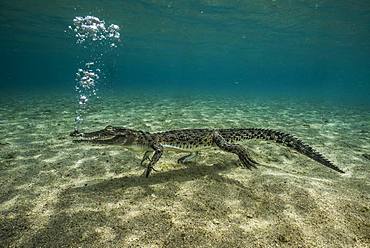
Tara Pacific expedition - november 2017 Saltwater crocodile exhaling through the nose (bouyancy control) near Garua Island, Kimbe Bay, Papua New Guinea

Tara Pacific expedition - november 2017 Kimbe Bay, papua New Guinea, Zero wreck: Coral growth on this wreck is from a period of 74 years ! D: 15 m The ZERO, is a Japanese WW2 fighter plane wreck. This Zero wreck was discovered in January 2000 by local William Nuli while he was freediving for sea cucumbers. He asked the Walindi Plantation Resort dive team if they might know what it was, and when they investigated they uncovered the intact wreck of a Zero fighter, resting on a sedimented bottom in 15 m depth. This World War II Japanese fighter is almost completely intact. The plane is believed to have been ditched, the pilot is believed to have survived, but was never found on the island. He never returned home. Maybe he disappeared in the jungle? On 26th December 1943, during the battle of Cape Gloucester, the Japanese pilot made an emergency landing, ditching his Mitsubishi A6M Zero plane into the sea approximately 100m off West New Britain Province. The plane was piloted by PO1 Tomiharu Honda of the 204st K?k?tai. His fate is unknown but it is believed the he made a controlled water landing after running out of fuel and survived. Although he failed to return to his unit, the plane was found with the throttle and trim controls both set for landing and the canopy was open. There are no visible bullet holes or other shrapnel damage and the plane is still virtually intact after over 70 years underwater. It is a A6M2 Model 21 Zero, made famous for its use in Kamikaze attacks by the Japanese Imperial Navy. The wreck has the Manufacture Number 8224 and was built by Nakajima in late August 1942.
